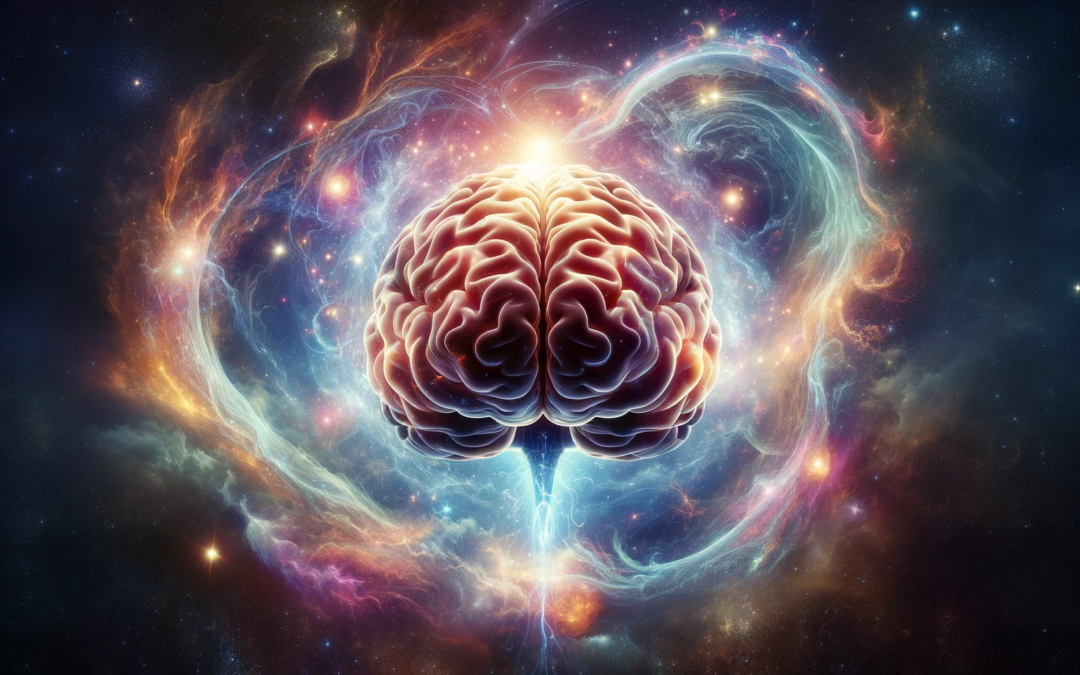In the realm of metaphysical theories and the quest to understand the nature of reality, one intriguing concept stands out: the theory of the holographic universe, specifically its interpretation as a vibrational magnet shaped by our thoughts. This perspective holds that our minds are not just passive observers of reality; instead, they are active participants, influencing and molding the fabric of the universe through the power of thought.
The Foundation of the Holographic Universe Theory
The idea of a holographic universe is rooted in quantum physics and the work of physicists like David Bohm and Karl Pribram. They proposed that the universe could be envisioned as a giant hologram, where every part contains the whole. In this view, apparent separateness and physical distance are illusions. This concept correlates with the quantum theory notion that at a fundamental level, the universe is interconnected.
Thought as a Vibrational Force
In this holographic framework, thoughts are not mere by-products of the brain’s electrical activity. Instead, they’re seen as vibrational energies capable of influencing the holographic field. This idea echoes the principles found in various spiritual and metaphysical teachings, suggesting that the mind has a much more significant role in shaping reality than traditionally understood.
The Magnetism of the Mind
Extending this theory, the mind can be seen as a magnet. Every thought emits a specific vibrational frequency, attracting similar frequencies. This concept is akin to the law of attraction, a popular notion in the field of self-help and spirituality, which asserts that like attracts like. In this holographic universe, our consistent thoughts and beliefs could theoretically shape our experience of reality.
Scientific Skepticism and Challenges
While the holographic universe theory is fascinating, it’s essential to address the skepticism it faces in the scientific community. Mainstream science requires empirical evidence and rigorous testing, which this theory, especially in its metaphysical interpretation, lacks. Critics argue that while the theory is thought-provoking, it ventures into the realm of pseudoscience without substantial empirical support.
Potential Implications and Ethical Considerations
If this theory holds any truth, its implications are profound. It suggests that by consciously directing our thoughts, we could influence our personal and collective realities. However, this also raises ethical concerns. If our thoughts can influence reality, what responsibility do we bear for our mental creations? How do we navigate the moral implications of such a power?
Conclusion
The theory of the holographic universe as a vibrational magnet based on thoughts is a captivating blend of quantum physics, metaphysics, and spirituality. It invites us to ponder the nature of reality and the power of the mind. While it remains on the fringes of scientific acceptance, it continues to inspire and challenge our understanding of the universe and our place within it.










